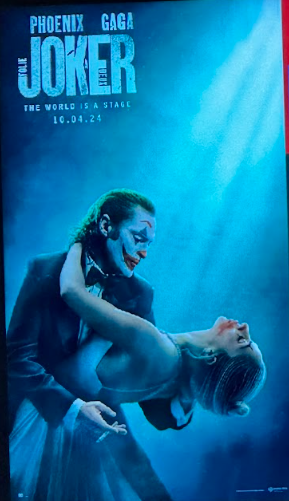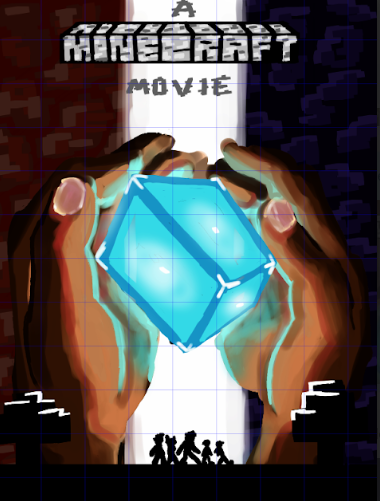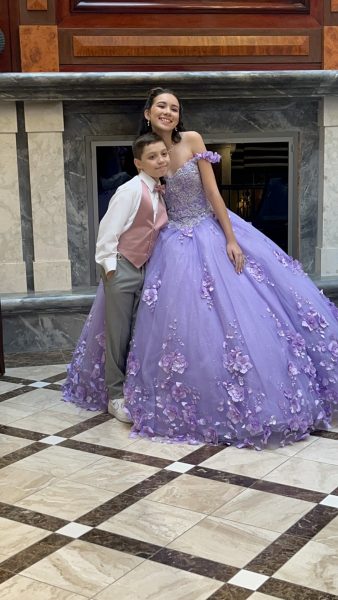Seated in the Lynbrook Regal movie theater, we watched what we thought would be a jarring, action-filled movie; Joker: Folie á Deux, however, gave us the complete opposite feel. Announced in late June 2022, audiences had been craving a second movie after the first movie’s 2019 box office success. The sequel offers a contrast to the compelling and gripping first film. Rather than holding an eagerness over its audience like its predecessor, the sequel lacks a real plotline and leaves viewers with an anticlimactic conclusion.
Sadly, Joker: Folie á Deux did not include the Joker himself. Instead, it featured a mold of who the character used to be. The beginning of the movie focuses on Arthur Fleck’s (Joaquin Phoenix) jail time and his mental illness journey in Arkham Asylum. The end of the movie, however, turns into a courtroom drama, showing the uproars of citizens and how the city turns against one another because of opposing viewpoints about the verdict of the case. This courtroom cliche concludes with Fleck and his lawyer pleading insanity, claiming that Fleck has dissociative identity disorder (DID) and that the Joker is a completely different person than Fleck himself.
Toward the middle of the movie, Lady Gaga appears as her character, Lee Quinzel, not to be confused with Harley Quinn. Gaga plays an obsessed, psychotic Joker superfan who falls in love with the madman and the idea of having a murderous boyfriend. The two meet in a musical therapy group where Quinzel admits her love and similarities to Fleck. From that moment on, Quinzel attempts to bring out the Joker in Fleck and bring him back to the person who had committed the crimes in the previous movie.
The movie was structured to flip between the inner workings of Fleck’s mind as Joker and the reality of what he was really facing in Arkham Asylum. In the glimpses that we see of his imagination, musical numbers of Fleck as Joker show what his alternate persona would be doing in specific situations. However, this format was unclear for an average viewer to catch on to. Scenes went from one point to another with no real coherency, and truthfully, it was quite confusing. The musical numbers were inconsistent with whether they were happening inside of Fleck’s head or in reality. It was like audiences were in the mind of the Joker, riding the rollercoaster of figuring out what was real and what was fantasy. In some instances, the musical numbers felt out of place and even wrongfully timed. For example, if a scene was picking up, it would cut to a musical number right in the middle. In some senses, it felt like the movie was scared of committing to itself and the progress that Fleck was making.
Phoenix embraced his role completely. His ability to really dive into the madness that is the mind of the Joker is what truly drives the movie. He captured the dualities between who the Joker is and who Fleck is. Gaga, on the other hand, had a hard time getting into the character of Quinzel. Although she fit in well as an obsessed fan and stalker, it was hard to see Gaga as someone who was as violent as the Joker was. Despite this, she was perfect for playing the role of a manipulator and the musical numbers, given her various vocal awards.
Examining the workings and psychological aspects of Fleck’s mind, Joker: Folie á Deux depicts life after the cruel decisions and actions that were made in the previous film. It highlights the consequences and the brutality of a split mind and reveals the impact of what could happen when someone is alone. Joker: Folie á Deux displays a level of madness and manipulation that can be pushed upon a broken mind and body. As the Joker once said, “Madness, as you know, is like gravity. All it takes is a little push.”


















